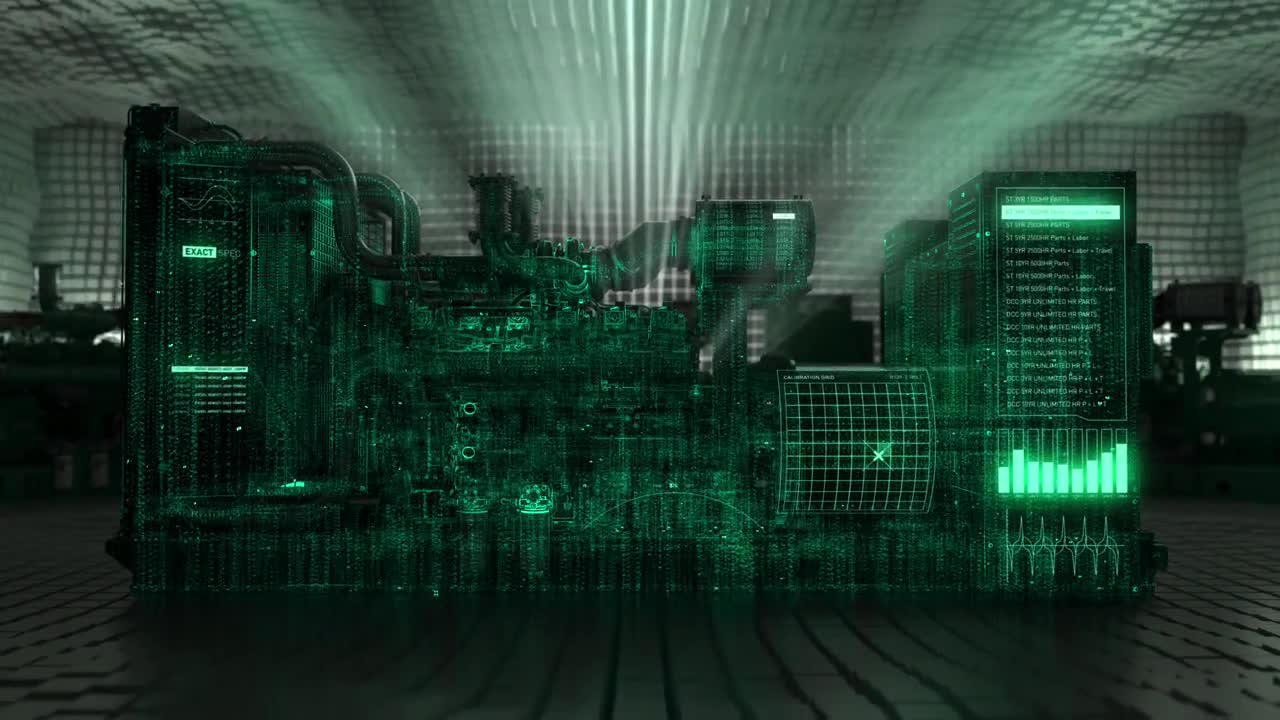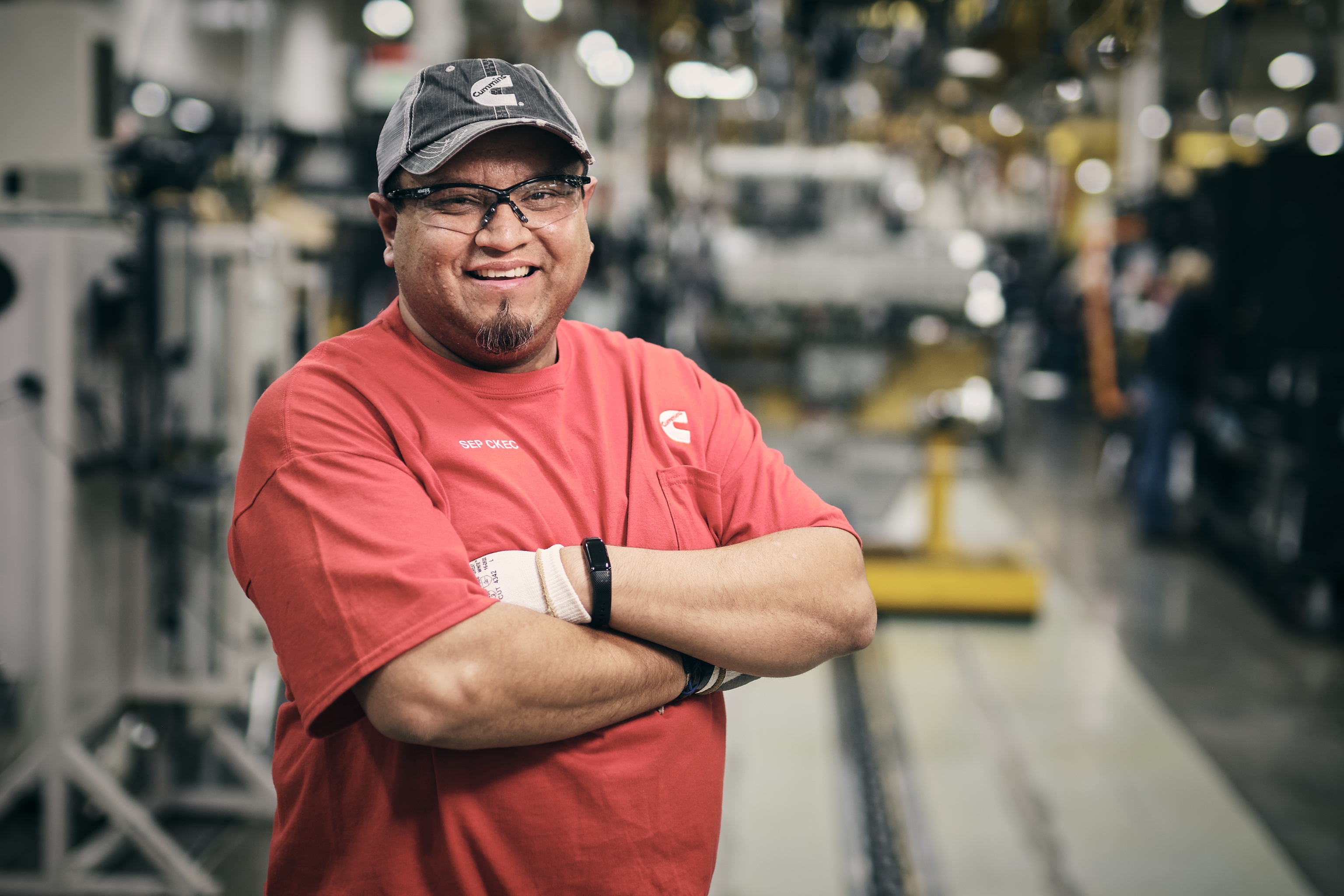What is a power generator?
Power generators are basically small power plants. They allow their owners to generate electricity on site, as a substitute or complement to electricity from the electric grid. Power generators and large thermal power plants operate on the same principle: both burn fuel to create motion, or mechanical energy, and convert it into electrical energy.
Generators have two main components: an internal combustion engine and an alternator.
How does a power generator work?
Like an internal combustion engine of a car, a generator’s engine needs fuel to operate. Diesel, natural gas, propane, gasoline and biofuels are common options.
The combustion of the fuel is used to create a rotational movement in a crankshaft in the following way: Air is taken into a cylinder through an intake valve as the piston lowers. The piston then travels upward, causing the air to compress in the cylinder. When the air is compressed and reaches a certain temperature due to that compression, fuel is injected into the cylinder and ignites. The combustion, a small explosion, pushes the piston back down. The piston then returns to the top of the cylinder, pushing the gases from the combustion out the exhaust valve. The pistons are attached to a crankshaft, so as the pistons move up and down, it makes the crankshaft turn.
In a vehicle, this motion and energy would be used to propel the vehicle. In a generator, it is used for electricity generation.
How does a generator produce electricity?
The rotational motion produced by the engine extends into the second main component, the alternator. The alternator converts one form of energy, rotational kinetic energy, into electricity by using the properties of electromagnetic induction, the physical phenomenon by which variable magnetic fields create electrical currents.
The alternator has two parts—a stator and a rotor. The stator is a housing made up of many copper windings, and as the rotor spins inside the stator, its magnetic field rotates as well. The rotating magnetic field causes the electrons to flow in the stator, and thus a current of electricity is produced.
What are the components of a power generator?
As well as the generator and alternator, a power generator contains other components to ensure its correct operation. A fuel system ensures that the generator’s engine receives a steady supply of fuel. In smaller generators, the fuel system can be as simple as a fuel tank and a fuel filter.
The generator also needs to supply electricity at the correct voltage, so a voltage regulator is included to ensure the right voltage is achieved and maintained.
Parts of the generator get hot during operation, so to prevent overheating, a cooling system is needed. Smaller generators tend to be air-cooled; larger generators need to be water-cooled. Then there is the exhaust system, which removes hot combustion gasses. Catalytic converters, dust filters or scrubbers can be added to clean up the exhaust.
In larger generators used in cogeneration applications, the exhaust gasses can be used to heat water, for example, as part of a district heating scheme. This means that the fuel energy is converted to both electrical and useful heat energy, optimizing the efficiency of the machine.
In addition, there is usually an oil system for lubrication, a battery for ignition, a charging mechanism for the battery, a control panel for monitoring the different gauges and parameters of the machine, and the frame in which all the machine’s components are housed.


